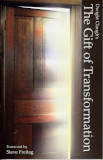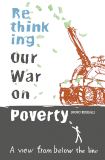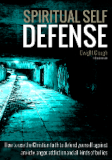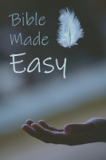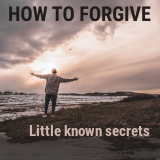Welcome to Lesson Nineteen!
Decision maps
The ten decision maps on pages 212–220 are a valuable resource to help you keep track of where you are in the Spiritual Self Defense process. We’ve set aside this lesson for you to study each one, and become familiar with what they are and how they work.
Let’s kick off with our video starting at 04:28 and watch through 05:15.
If the video doesn’t show up on your screen, here’s a link so you can watch it on YouTube.
Lesson links
Questions: Pages 231-236 (selected questions)
Answers to “Check your understanding” questions
Reading and questions
Please take time to become familiar with the decision maps on pages 212–220 (link above) with the following thoughts in mind:
I’m using the term “decision map” and “process chart” interchangeably.
What are you starting with? What are you trying to address with Spiritual Self Defense? Decision map #1 on page 212 helps you figure out how to get started. It will direct you to other process charts where you can get some traction with the process.
You’ll probably use decision map #2 on page 213 the most. This is the basic Spiritual Self Defense process. Something has triggered you, or something has triggered the friend you are helping. You follow the emotions that come up with the presenting circumstances to any connected memories, find the lie, receive a truth experience from Jesus.
Decision map #3 on page 214 is what you use when you’re dealing with temptation, sin, addiction, and life controlling issues. Remember, all these things are solutions to pain. What you’re trying to do is uncover the pain or the problem that the undesirable behavior is attempting to solve.
Decision map #5 on page 215–216 shows you how to address avoidance lies or walls that come up during the process.
Decision map #6 on page 216–217 shows you how to address sadness.
If you’re dealing with anger (or related emotions) or working on forgiving someone, then decision map #7 on page 217 will help you find your place in the process.
Working with guilt? See decision map #8 on page 218.
Having difficulty processing memories? See decision map #9 on pages 218–219.
Working through assumptions, core lies, beliefs? Decision map #10 on page 220 will help.
Check your understanding
By now hopefully you should be able to answer the following question. If not, this would be a good time to review what you’ve learned in previous lessons.
Check your understanding pp. 231–232 question 12. What is the difference in the approach to truth-based pain vs. lie-based pain? (see pages 212-220)
Answers to “Check your understanding” questions
Group discussion
Please discuss the following question either with others who are studying with you and/or with our Facebook group.
Group discussion pp. 233–235 question 18. How do you assess your level of skill to do this? How did you come up with that assessment? (see pages 212-220)
This is a particularly important question, and I hope you’ll take the time to answer honestly. I’ve seen two extremes in the way people answer this, and both can create real problems. On one hand, some people get so overwhelmed with all the information, that they’re afraid to even try this. I hope that isn’t you. Pray much. Try it. You’ll make mistakes, and that’s okay. Give it a try.
But the person I worry about even more is the person who has an exaggerated idea of his or her own ability. Unfortunately, I’ve seen too much of this. Some people assume that because they’ve had other kinds of ministry experience (intercession, deliverance, whatever), that they are able to take on anything. Sorry. No. Unless you have advanced training in both mental health and theology, you are not prepared to take on anything. You need to know when you’re out of your league. You need to know when you need to network with someone else, learn from someone else, refer the person your working with to someone else. I don’t work with everyone who comes to me. Neither should you.
Congratulations! Lesson Nineteen complete!
In Lesson Twenty, we pause to talk about some of the outcomes of the Spiritual Self Defense process.
Look forward to seeing you next time!
Dwight
Reading and other links
Chapter 5
Section 5.7
Reading: Pages 212-220
Questions: Pages 231-236 (selected questions)
Questions? Comments? Use our private Facebook group to connect…
Links to other pages in the Spiritual Self Defense textbook
Glossary & index (pages 285-289) | Answers to “Check your understanding” questions (pages 278-284) | Table of contents (pages 3-9) | About the author (page 290) | Cover page (page 1) | Copyright page (page 2) | How this book came to be (page 11) | How to get the most from this book (page 12) | Other books to explore (page 10)
![]()
Would your friends benefit from this course? Please send them here …
Next step after this course? Transformational prayer ministry training!.




